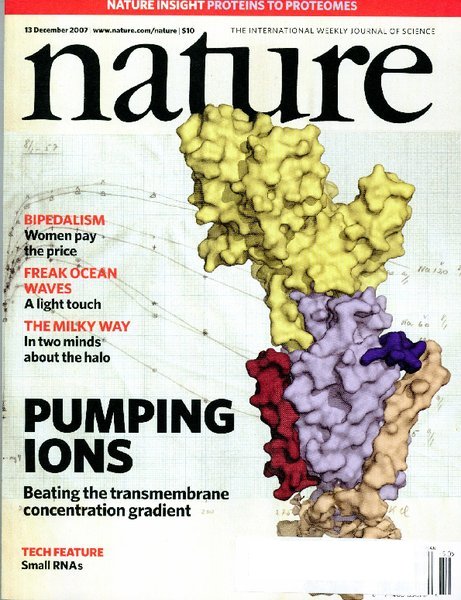Main Page: Difference between revisions
Jump to navigation
Jump to search
(1.8 release) |
No edit summary |
||
| Line 24: | Line 24: | ||
{| class="jtable" style="float: left; width: 90%;" | {| class="jtable" style="float: left; width: 90%;" | ||
|+ style="font-size: 1.4em; font-weight: bold; text-align:left; border-bottom: 2px solid #6678b1;" | News & Updates | |+ style="font-size: 1.4em; font-weight: bold; text-align:left; border-bottom: 2px solid #6678b1;" | News & Updates | ||
|- | |||
! New Plugin | |||
| [[Lisica|LiSiCA]] is a new plugin for 2D and 3D ligand based virtual screening using a fast maximum clique algorithm. | |||
|- | |- | ||
! Official Release | ! Official Release | ||
Revision as of 08:30, 23 November 2015
| The community-run support site for the PyMOL molecular viewer. |
| New accounts: email jason (dot) vertrees (@) gmail dot com |
| Tutorials | Table of Contents | Commands |
| Script Library | Plugins | FAQ |
| Gallery | Covers | PyMOL Cheat Sheet (PDF) | Getting Help |
|
|
 A Random PyMOL-generated Cover. See Covers.
|